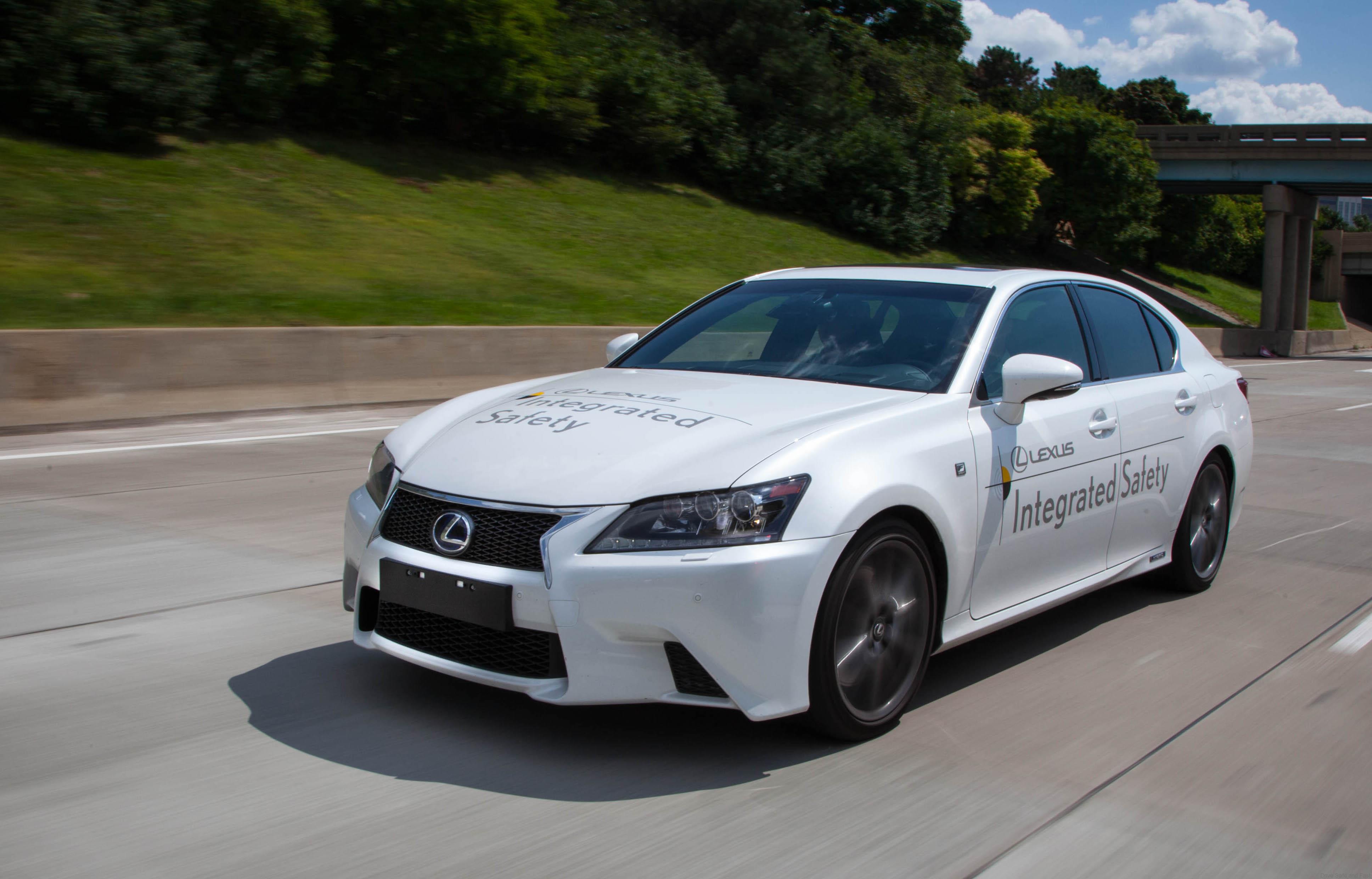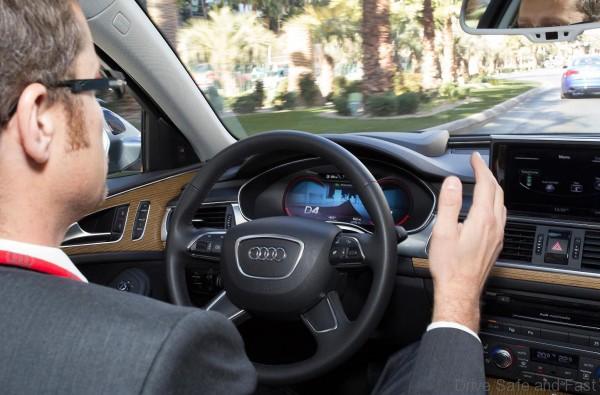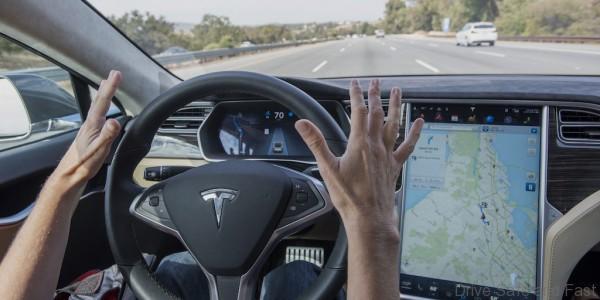Concerns raised by the first reported fatality in a semi-automated car were expected to speed adoption of more sensitive technology to help vehicles see and drive themselves safely, increasing demand on the emerging autonomous vehicle technology industry, investors and analysts said.
Goldman Sachs forecasts the market for advanced driver assistance systems and autonomous vehicles will grow from about USD3 billion last year to USD96 billion in 2025 and USD290 billion in 2035. More than half of that revenue in 20 years, Goldman estimates, will come from radar, cameras and Lidar, a sensor that uses laser – all tools considered essential to building vehicles that can pilot themselves.
The May 7th death of Ohio technology company owner Joshua Brown in a Tesla Model S while the car’s semi-automated autopilot system was engaged highlighted the limitations of current automated driving systems.
Tesla’s autopilot system uses cameras and radar, but not Lidar. The company said its system would have had trouble distinguishing a white semi-trailer positioned across a road against a bright sky.
Industry executives and analysts told Reuters they expect the Tesla crash will spur investment in self-driving vehicle systems that combine multiple of sensors, including Lidar.
“As we move to a higher level of autonomy in vehicles, you’re going to want to have more redundancy,” which radar and lidar can provide, Dan Galves, senior vice president at vision safety system maker Mobileye, said in an interview. “The more sensors, the better.”
Automakers have been using multiple sensors in prototypes that are in testing but not yet ready for market. A variety of technologies with overlapping capabilities is seen as a way to increase safety under a wider range of circumstances.
The valuations of some self-driving startups “may even increase if there are companies that can solve some of the issues” the Tesla accident raised, said Quin Garcia, managing director of AutoTech Ventures, a Silicon Valley investment firm.
Semi-automated systems such as General Motors’ SuperCruise and Traffic Jam Pilot from Audi are due on the market in 2017-2018. Ford Motor expects to deploy a semi-automated system, using Velodyne Lidar, in 2018.
Toyota Motor Corp., which is investing more than USD1 billion in such self-driving technologies as robotics and artificial intelligence, said it aims to put fully driverless cars on the road in time for the 2020 Tokyo Olympics.
Delphi Automotive plans to build Lidar vision systems with technology from Quanergy Systems, which makes solid state LIdar systems. Delphi plans to combine information from the Lidar system with radar and other driver assistance technology to create a 360-degree view around a car, a company official said.
Delphi has an investment in Quanergy, one of more than 50 self-driving startups that together have raised more than $800 million in investment capital in the past decade, according to a Reuters analysis of publicly available data. A survey conducted by AlixPartners in June – before the Tesla accident was reported publicly – found that 90 percent of respondents would be interested in a self-driving car that would let the driver take the wheel from time to time. The same survey noted that nearly 80 percent of respondents would pay for the technology – including 10 percent who would spend up to $5,000.
The favorable response rates are much higher than in previous surveys on self-driving technology.
News of the Tesla crash “is not going to put too much of a dent in public perception” of self-driving cars, said AlixPartners’ Mark Wakefield.









